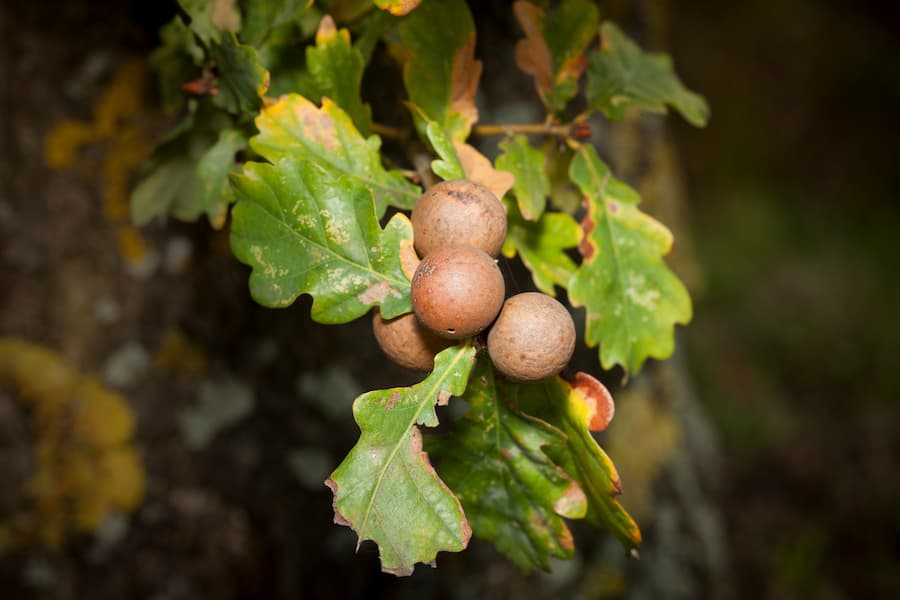This Article Includes: What are Oak Galls, Types and Characteristics, Impact on Oak Trees and Managing Oak Galls
Introduction:
Oak trees, majestic and resilient, are often adorned with peculiar growths known as oak galls. These abnormal formations, caused by tiny oak gall wasps, come in various shapes and colors and house the eggs and larvae of these insects. While oak galls do not pose significant harm to the trees, understanding their nature and implementing appropriate measures can help manage their presence. In this article, we will delve into the world of oak galls, exploring what they are, how they form, and how to effectively address them.
What are Oak Galls?
Oak galls, also referred to as gall oak or gall on oak tree, are unusual growths that develop on oak trees. These formations are the result of a fascinating interaction between the tree and small oak gall wasps. The wasps lay their eggs on the tree, causing the tree to react by forming a protective structure around the eggs. This structure, known as a gall, provides a safe environment for the wasp larvae to develop.
Types and Characteristics:
Oak galls come in a variety of shapes, sizes, and colors. They can resemble small balls, spiky protrusions, or even intricate structures. The appearance of the gall depends on the species of wasp involved and the specific reaction of the oak tree. Some common types of oak galls include oak trees galls, oak leaf gall, and gall oak tree.
Impact on Oak Trees:
While oak galls may appear concerning, they generally do not cause significant damage to oak trees. The galls are composed of plant material and do not directly harm the tree’s health or structural integrity. However, in cases of severe infestation, the sheer number of galls can potentially weaken the tree. Therefore, it is important to monitor the situation and take appropriate action if necessary.
Managing Oak Galls:
To effectively manage oak galls, several strategies can be employed. Pruning twigs that host oak galls can help break the cycle and reduce the number of galls. It is advisable to carry out this pruning during the dormant season to minimize stress on the tree. Additionally, collecting and destroying fallen leaves near infested trees can help prevent the spread of gall-producing insects.
In some cases, the use of pesticides may be necessary to prevent gall formation. However, it is crucial to consult with a professional arborist or horticulturist before resorting to chemical treatments. They can provide guidance on the appropriate products and application methods to ensure the safety of the tree and surrounding environment.
Conclusion:
Oak galls, though peculiar in appearance, are a natural occurrence on oak trees. Understanding their formation and impact can help us appreciate their role in the ecosystem. By implementing appropriate management techniques such as pruning and leaf removal, we can effectively address oak galls and maintain the health and beauty of our oak trees.

